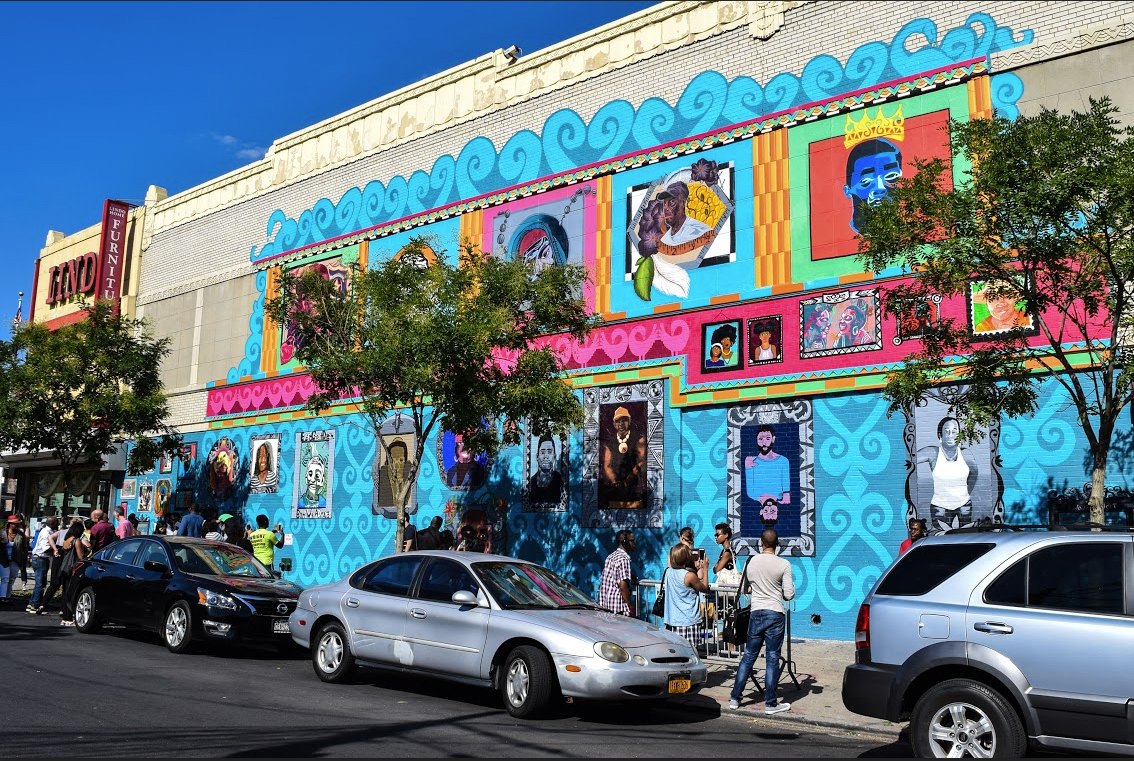Stroll down Bergen Street from Boerum Hill to Brownsville | Part Two

Bergen Street takes you past lovely Crown Heights homes, like this cluster of landmarked residences on the corner of New York Avenue. Photo: Lore Croghan/Brooklyn Eagle
Eye on Real Estate: You can walk from Boerum Hill to Brownsville. What a splendid slice of Brooklyn’s built environment.
If you move at a normal pace, you can complete this stroll in a single outing. It took me two days. I blame my slow speed on the fact that I photographed buildings on almost every block. A zookeeper I recently interviewed suggested my spirit animal is a sloth. (I’d always assumed it’s a tiger, which is my college’s mascot.)
Previously published Part One of my Bergen Street walk included Boerum Hill, Park Slope and Prospect Heights. Today’s story is Part Two, which is about Crown Heights and the Ocean Hill section of Brownsville.
